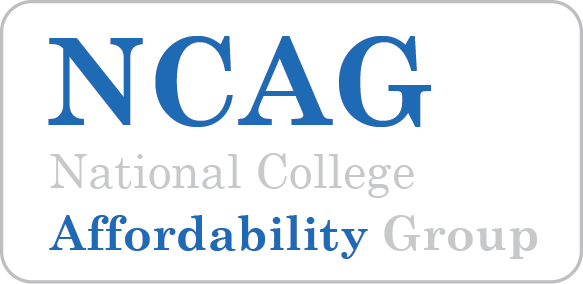NCAG Member since 2012
Past Board President
All of the students in the high school graduating Class of 2023, and their families, will be affected by the changes in the Free Application for Federal Student Aid (FAFSA). Some will find a more generous offer of assistance; some less generous.
The Federal Student Aid Office has delayed implementation of some of the changes (but not all) initiated in response to the FAFSA Simplification Act, and the FUTURE Act (congressional legislation of December, 2020). Specifics, at the time of this writing, are not delineated, other than in broad outline. Nevertheless, as IEC's we are in the midst of working with students who are rising 11th graders, perhaps rising 10th graders and younger. Therefore, for planning purposes we will prove our professional bona fides by knowing what is coming, regardless of the date of FSA's actions.
The greatest, and potentially negative impact will be on
- families of divorce
- families with more than one student in college at the same time
- small business owners
- family farm owners.
- EFC (Expected Family Contribution) becomes SAI (Student Aid Index). SAI is defined as the amount of financial resources of a family available to pay for college. We are assured the difference in nomenclature is substantially that alone. Experience warns us that is probably not accurate in effect. With the replacement of the Data Retrieval Tool (DRT) with the Direct Data Transfer (FADDX), tax returns become more determinative of basic, financial qualification.
- NEED = COA SAI OFA (other financial assistance). Professional Judgment (PJ) discretion is expanded (or relaxed, depending on how you want to consider it). Furthermore, no school may hold a "No PJ Policy." PJ must be considered, but with no requirement for application of PJ overall, or in particular instances. PJ simply must be documented in the records.
- Families of divorce will be asked which parent provides the most financial support for the student (rather than, with whom is the student living one-half of a year plus one day, or longer). As of the date of this publication, no time parameters are determined. What does that mean? I can't say for sure, other than it means college financial aid offices are going to dig deeper into the financial arrangements of families of divorce.
- Child Support will no longer be counted as "untaxed income," but rather as a parent asset.
- The current asset exclusion of family-owned businesses and family-owned farms is gone. The asset value of each shall be included in the SAI calculation.
- Simplified Needs Test (which removes assets from an SAI calculation) is based on AGI under $60,000.
- The number of family members in college at the same time, as a consideration, will be fazed out; although I suspect that PJ will allow for that to be considered. Therefore, it should be noted in "Other Information" provided to the colleges.
More can be said, but I refer you to the FSA website (here), and to the FSA Conference 2021 recordings (here: GS5 - FAFSA SIMPLIFICATION).

